.png)
In this unit, students are introduced to science and engineering by exploring several phenomena that relate to cooking. Students begin with an investigation into the structure of matter and how energy determines state of matter. This page is a high level look at key components of this lesson.
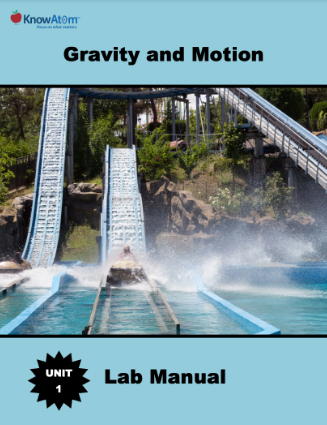
In this unit, students focus on the science phenomena of the relationship between gravity and motion, tracing how gravitational potential energy transforms to kinetic energy in different energy systems. In this lesson, they investigate the relationship between the drop height of a bouncy ball and its rebound height. This page is a high-level extract of this lesson.
.png)
In this unit, students explore phenomena related to the relationship between forces and motion and how energy is converted from one form to another in an energy system. This page is a high-level extract of the first lesson from this unit which has students investigating the connection between an object’s mass and the force needed to change its motion.
.png)
In this unit, students analyze the science phenomena of connections between energy, forces, and motion. In this lesson, students use data to construct an explanation about phenomena that occur because of the relationships between an object’s kinetic energy, its mass, and its speed. This page provides an overview of this lesson.
.png)
In this unit, students explore the relationship between the phenomena of forces and motion and how energy is converted from one form to another in an energy system. In this lesson, students design a vehicle that can travel over a surface on a cushion of air. This page highlights key parts of this lesson.
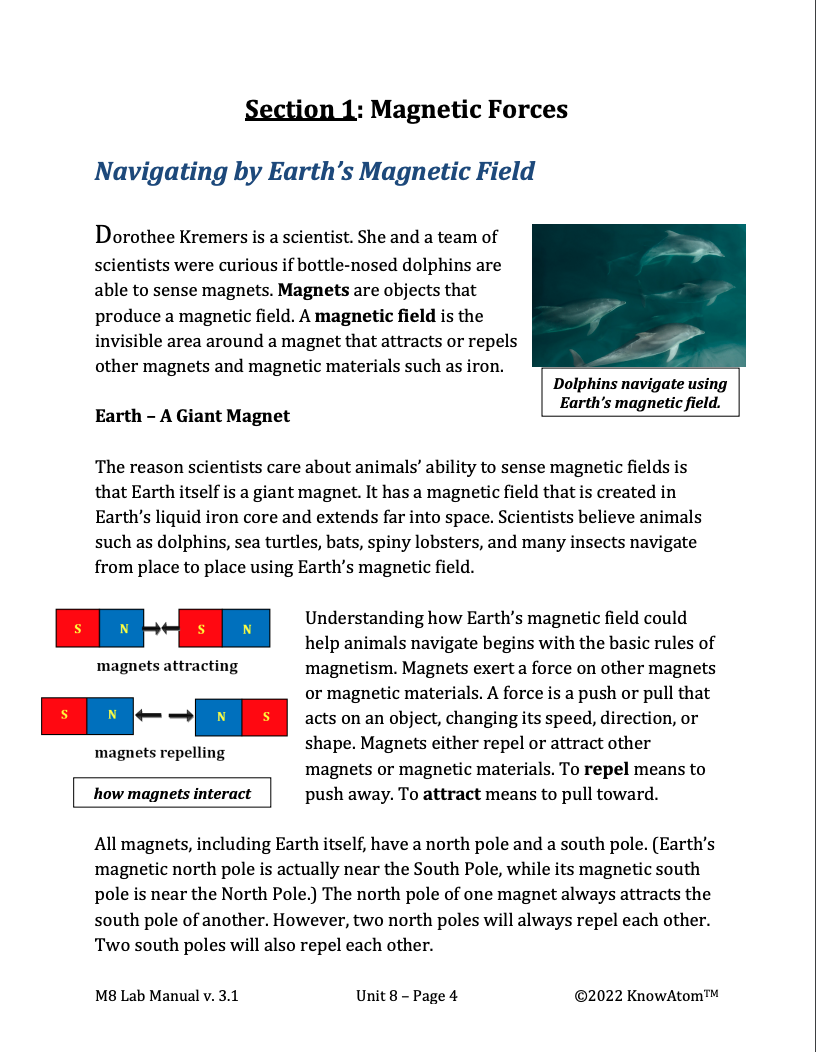
In this unit, students are introduced to the phenomena of magnetic and electric fields as they explore how objects can interact with other objects without coming into contact with them. For this lesson, students apply scientific concepts to engineer wind turbines that use a generator to produce electricity. This page provides an overview of this lesson.
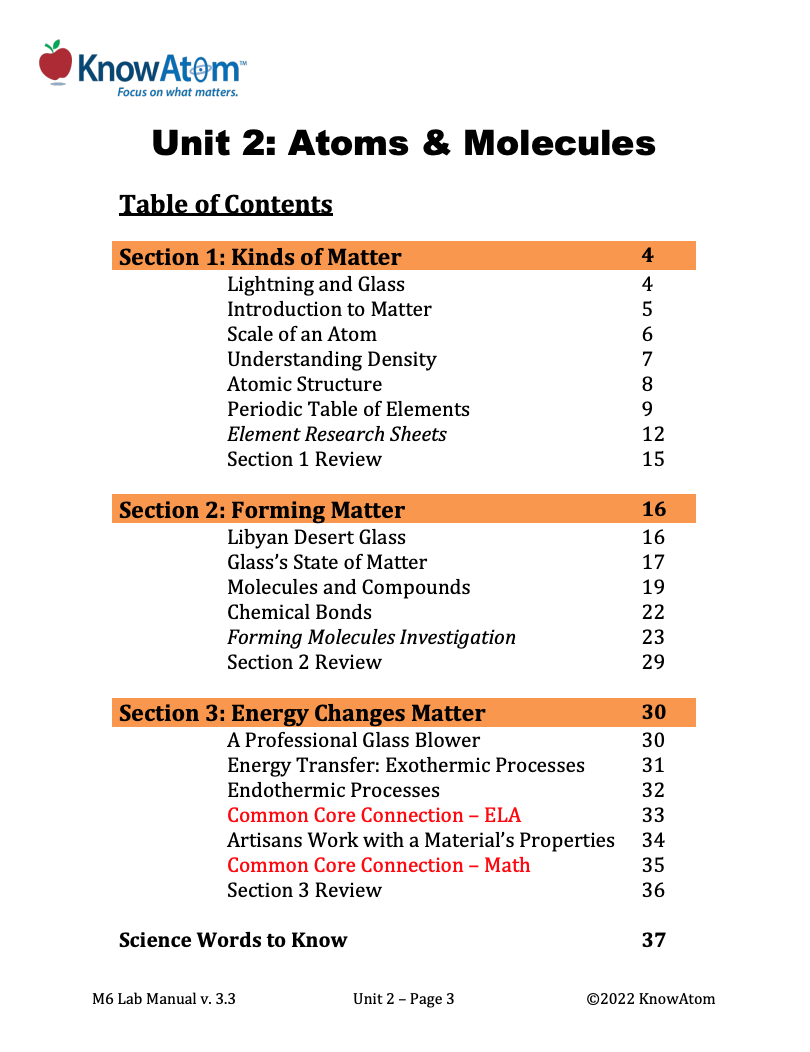
In this unit, students explore the science phenomena of interactions between energy and matter, analyzing how matter can only change when enough energy is present. In this lesson, they investigate the structure of molecules, relating this structure to the matter’s properties. This page is a high-level extract of this lesson.
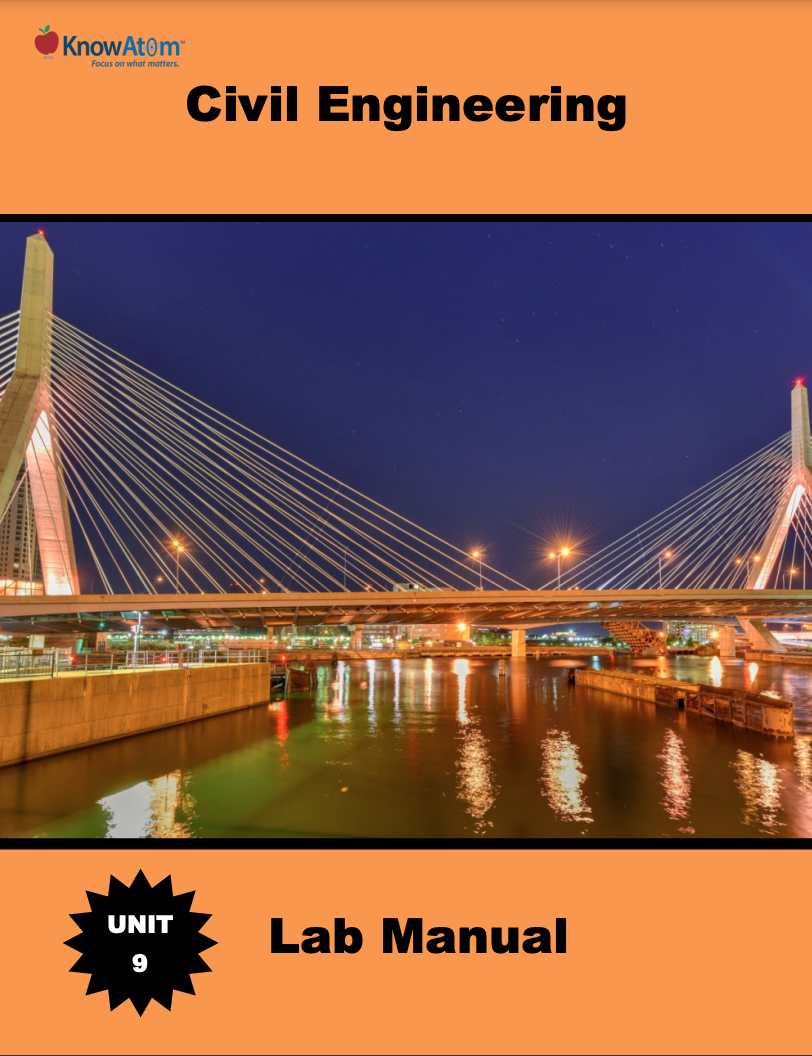
In this unit, students explore forest ecosystems, studying the science phenomena of interactions between living things and the environment. In this lesson, students build on their understanding of how energy affects the growth of organisms by exploring the phenomena of forest food webs, and analyzing how the phenomena of drought can have a ripple effect through the ecosystem. This page showcases all components of this lesson.
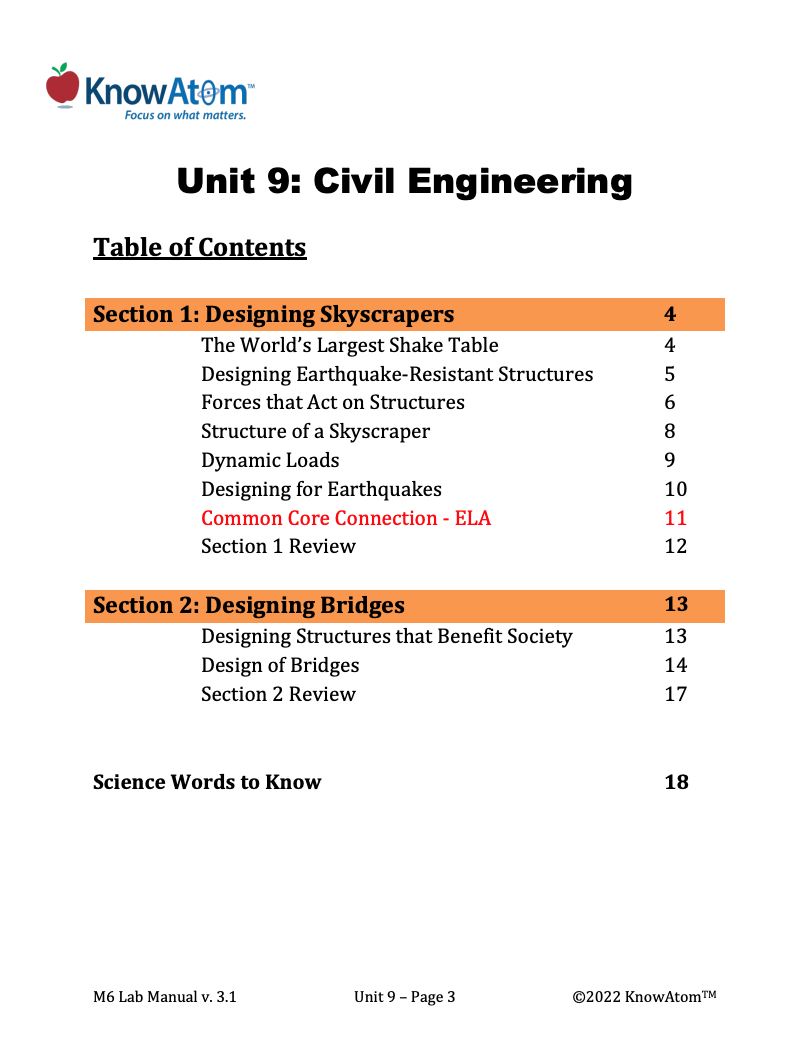
In this unit, students explore how engineers and architects design structures that help human populations survive and thrive in their environment. Students take on the challenges of civil engineers as they design different types of bridges to discover a design that can carry the maximum load. This page highlights the components of this lesson.
Standards citation: NGSS Lead States. 2013. Next Generation Science Standards: For States, By States. Washington, DC: The National Academies Press. Neither WestEd nor the lead states and partners that developed the Next Generation Science Standards were involved in the production of this product, and do not endorse it.
